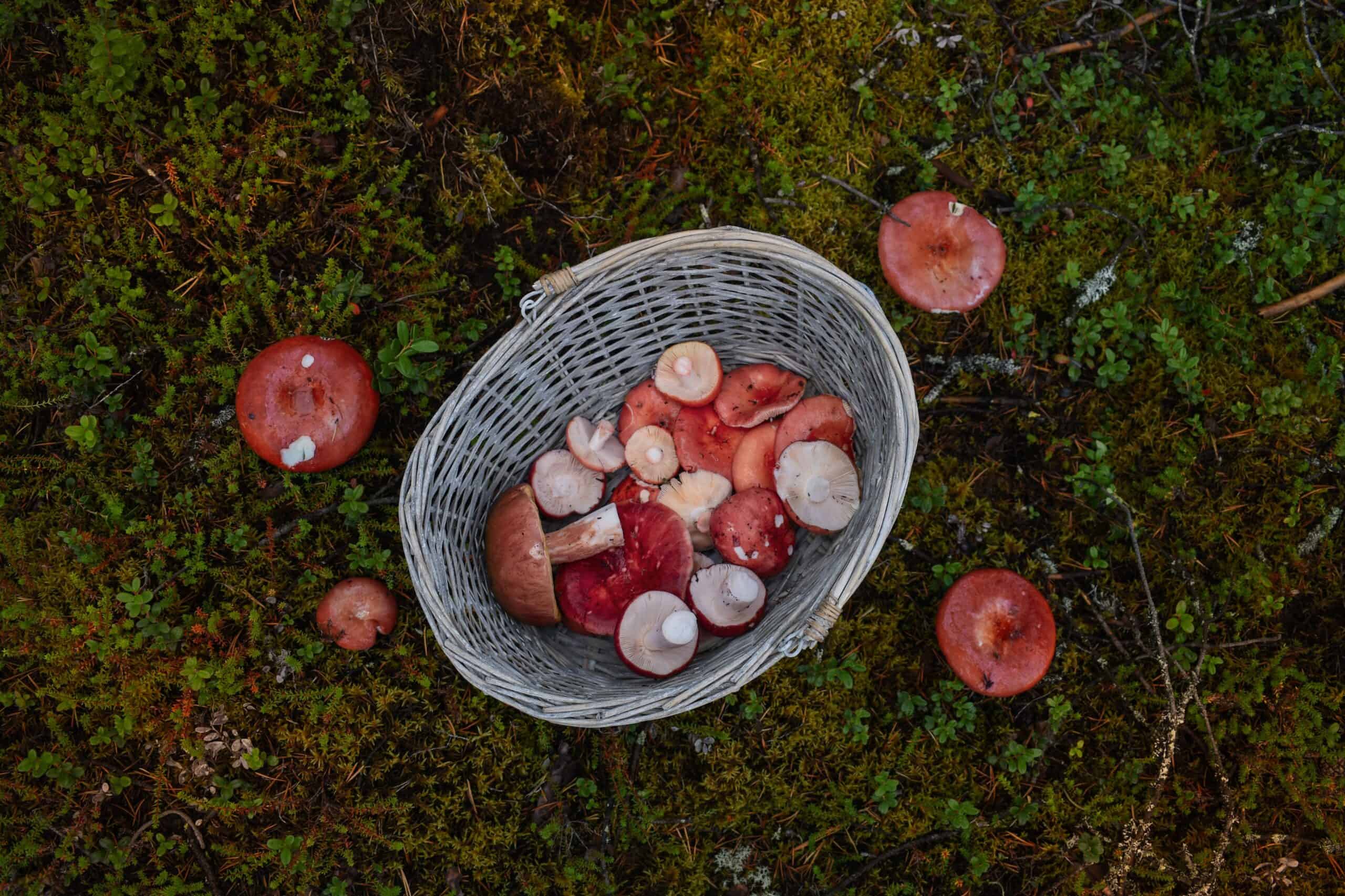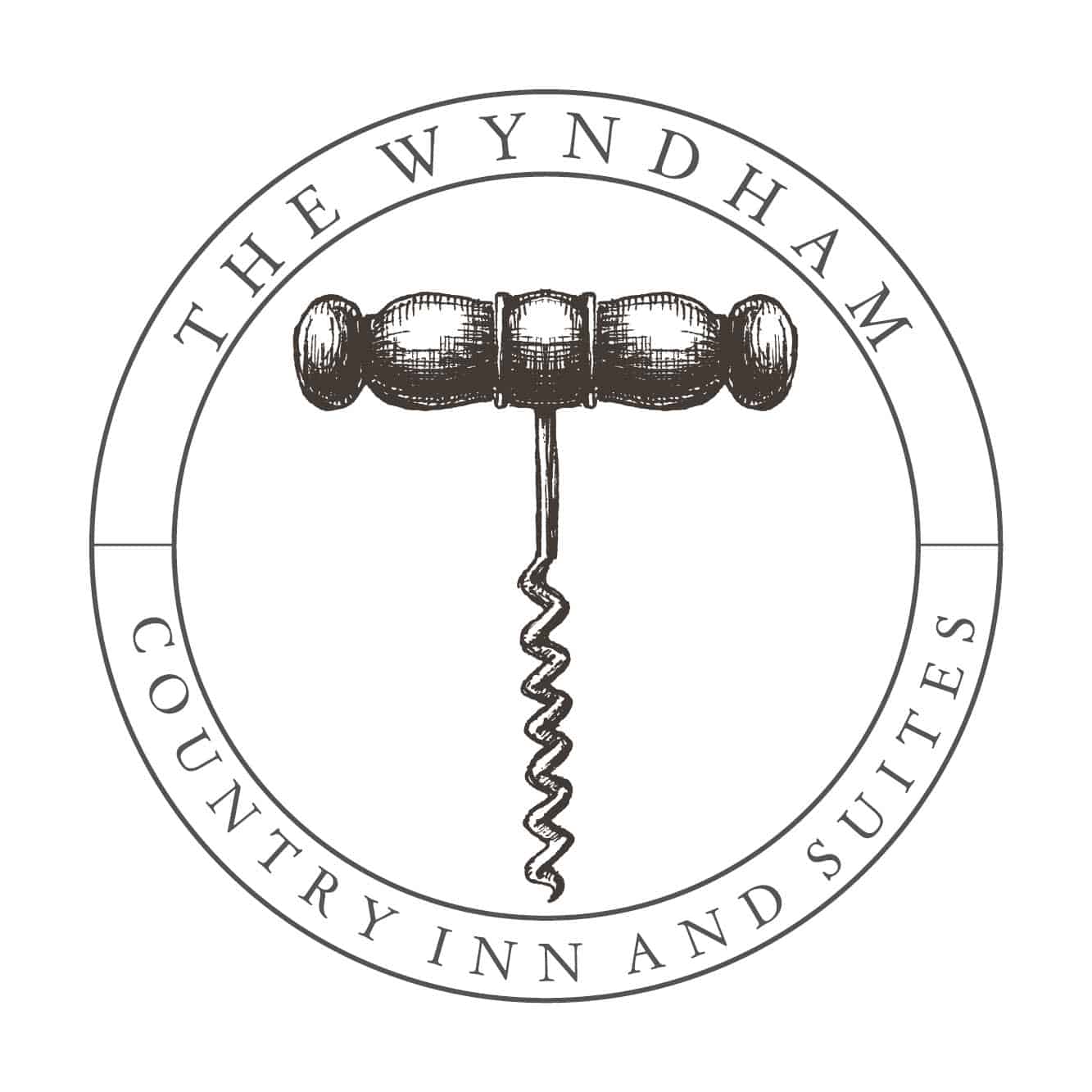
There has been a growing interest in foraging over the last few years. This may be because of the rising cost of living – which has led to many people sourcing food more cost-effectively – or because a growing number want to get back to basics, cut out the supermarket and get their food directly from the source. Equally, many have started in an effort to try something new. Whatever the reason for your interest in foraging, the Forest of Dean has solidified itself as a hotspot. It’s easy to see why, considering the vast space and woodland in the local area.
The Best Time to Forage in the Forest of Dean
The Forest of Dean has a lot to offer foragers, and by staying at The Wyndham, you will be close to several popular foraging areas. In the springtime, you can tap and drink from birch trees or make syrups from bramble leaves. As summer arrives, it’s all about honeysuckle, herbs, nectar and seeds but this doesn’t all stop when the weather starts to get colder and wetter.
Many people mistakenly assume that foraging is a summer activity, but that couldn’t be further from the truth. As you head into autumn, the Forest of Dean is full of crab apples, orchard fruits and cobnuts. As you stroll through the countryside, you will find ingredients to make pickles and preserves. The colder months are also the perfect time to start foraging for mushrooms, which are ready for picking once October and November have arrived. Of course, there are a few things to bear in mind before you embark on your foraging adventure.
The Do’s and Don’ts of Foraging Around the Forest of Dean
Though you might want to get stuck straight into foraging in the Forest of Dean, there are some key things to consider. Firstly, it’s important to be sure what you are foraging for, as there are various harmful and poisonous plants out there, many of which look similar to those that are completely safe to eat. It’s also important to wash everything well before you use it, because who knows what it has been in contact with.
If a plant or fruit looks damaged – for example, if it’s bruised or mouldy – it’s best to leave it and focus your attention on alternatives. You should also avoid collecting anything low to the ground, as these plants could have been contaminated by animals or passersby. This is especially important if you are foraging with children, as lower plants are most likely to be within reach. There is no denying the appeal and enjoyment that comes from foraging, and the Forest of Dean really does have a lot to offer, but try to limit what you take. If you only take what you need, the plant can reproduce, providing more foraging opportunities in the future.
